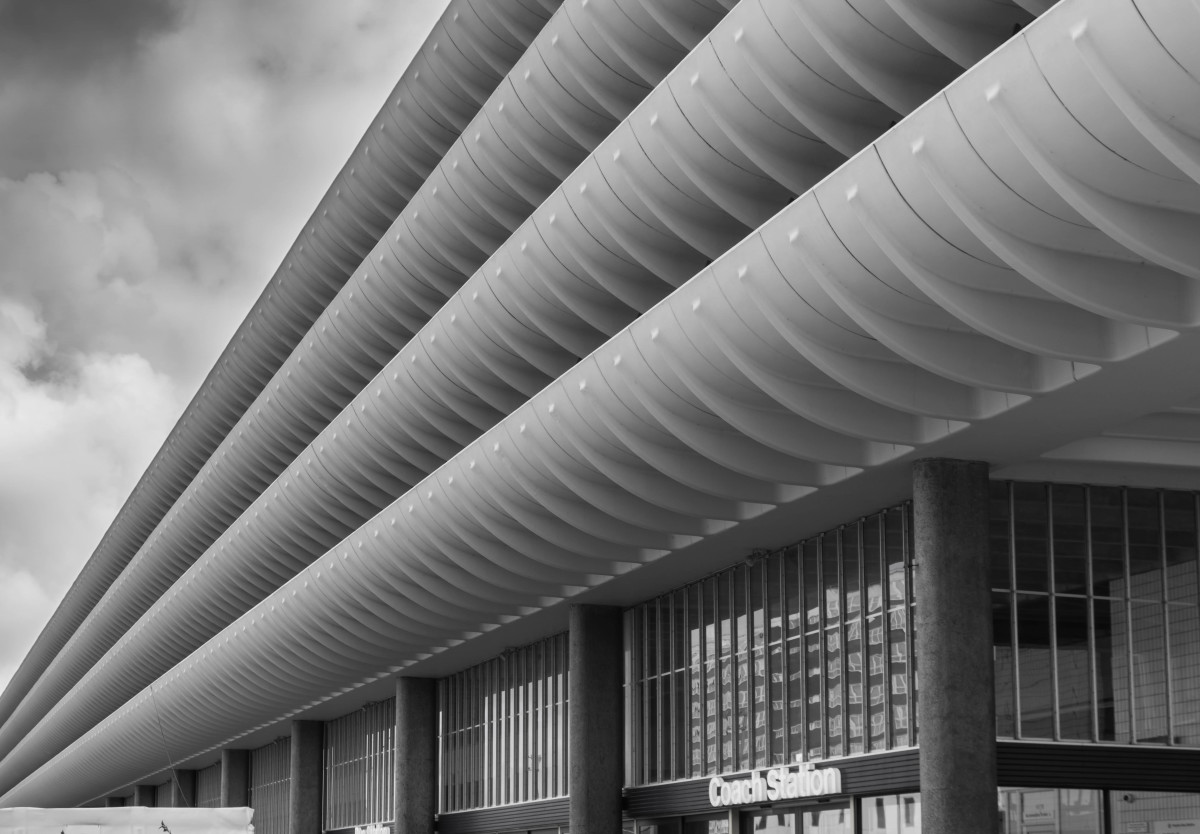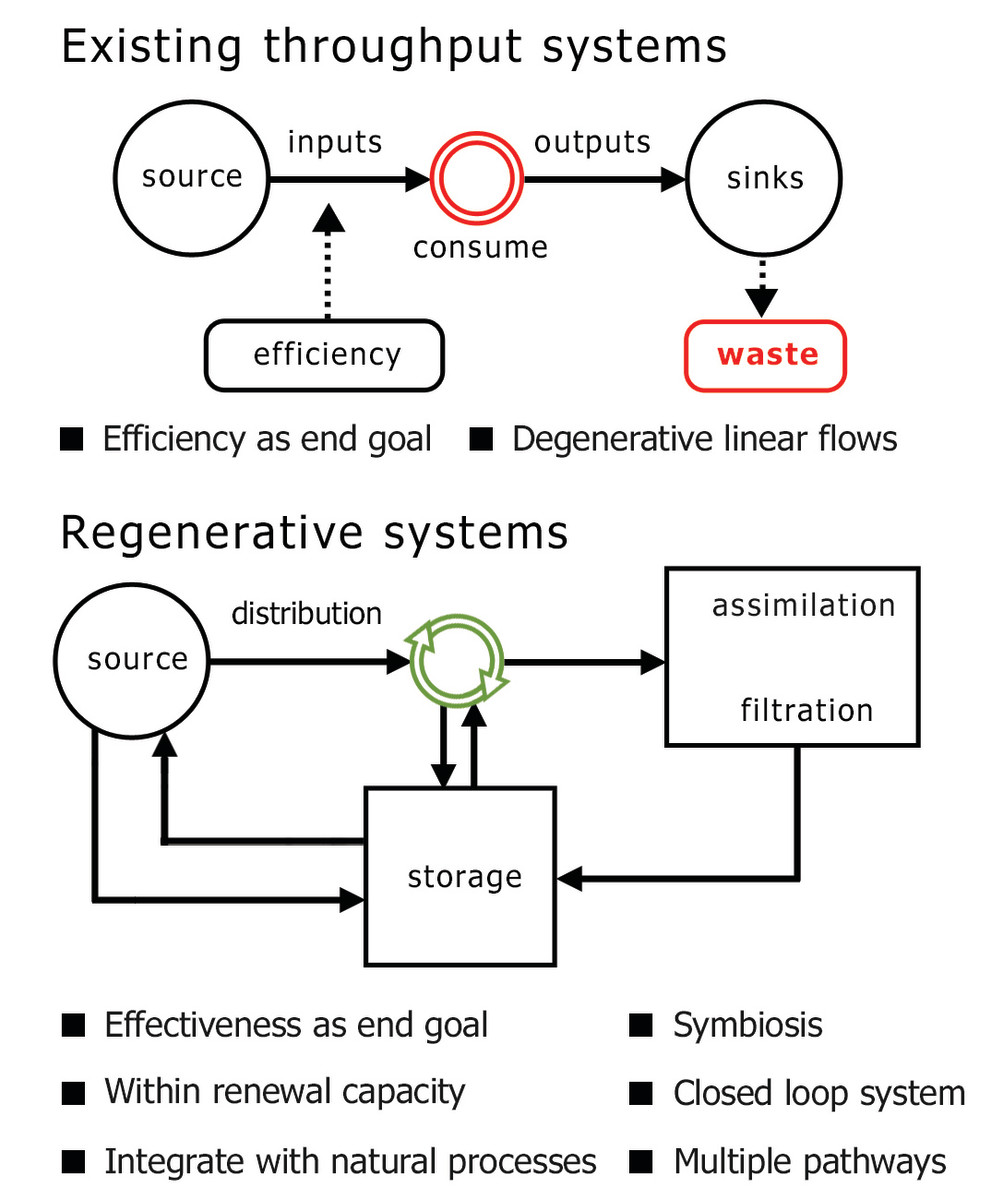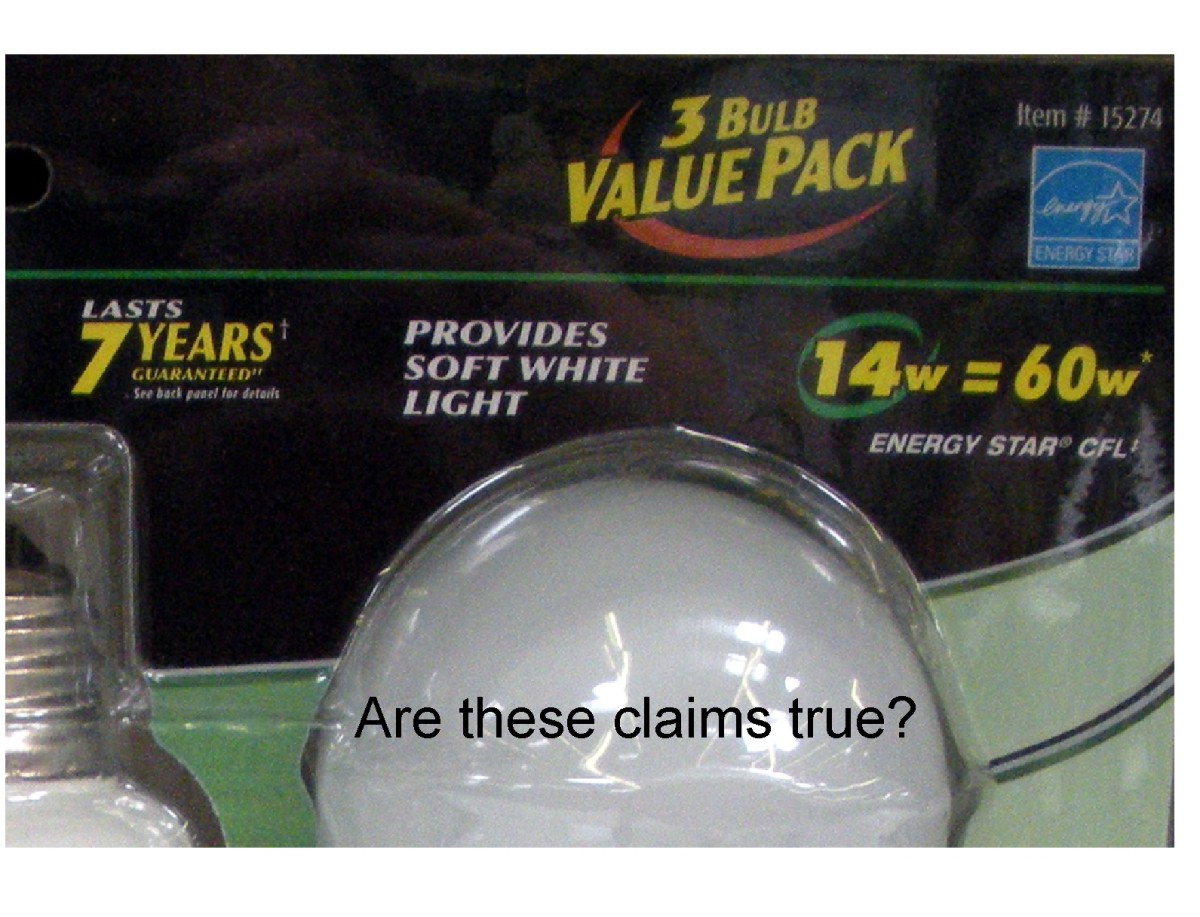Underrated Green Design Strategies

Design strategies that are often overlooked
It's easy to be caught up in the sustainable hype and believe that it's all about solar panels and wind turbines. In contrast, there is a whole host of underrated green design strategies that don't get that much attention but deserve their day in the sun.
For starters...
In sustainability talk, first and foremost, the golden rule should be to REDUCE consumption before increasing production.
Rule number 2: Get what you can maintain. It's no point getting the
most expensive technology which is all so cool but you have no idea how
to maintain or operate it properly.
In the present hype, these basic green design strategies are often not
discussed, but are critical to how your building will perform, and how
it'll affect your bottom line. Instead, people opt for more visible and
instant gratification that they are "saving" the environment, with
superficial efforts like installing wind turbines and solar panels. Yes
they are great and good to have, but they shouldn't be your first
priority.
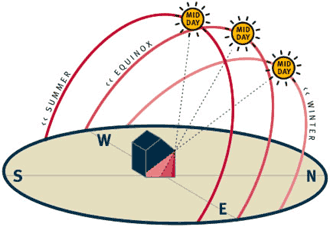
Solar Orientation
In any new project like your home or a building, the most fundamental thing that will stay with the project is how the building is sited. Green design, especially passive design, starts with orientation. You CANNOT run away from the sun. Thus, it is imperative to get the most favorable orientation for your site if it's possible.

Superinsulate
Insulation sounds like a really boring thing, but this humble stuff
(eg. polyfoam, rock wool) is really critical to the performance of the
building. In cold climates, the outdoor temperature may be freezing or
below freezing. Indoors, it may be 24 degrees with heating. That is a
whooping 20 odd degrees difference in temperature.
Insulation is going to keep that warmth in, and reduce your heating
bill. Ignore it, and you'd be burning your cash to stay warm. Well
insulated buildings are like buildings with a good solid set of
protective armor on. Now that sounds better right? And as insulation is
comparatively so much cheaper, half a foot thick of insulation can save
you the equivalent energy output from a whole array of solar panels are
a fraction of the cost!
Very neat.
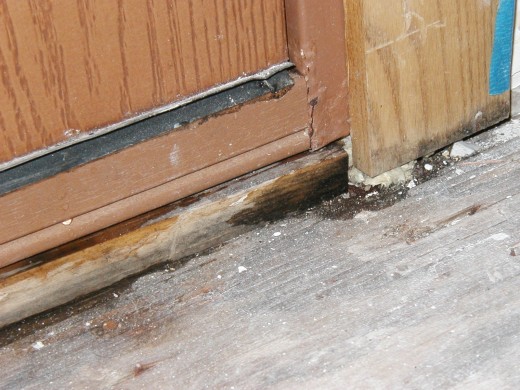
Stop the leakage
It's no use having the best armor in the world if it has holes. Thus,
hand in hand with insulation, the building must be airtight. This means
that you can keep that warmth in, and the cold out, or vice-versa. The
primary locations where buildings leak are through the gaps in windows
and doors. As a result, you incur higher heating/cooling costs.
Get a builder to check that they are sealed properly to reduce leakage. Think of it as money flowing out of your doors!
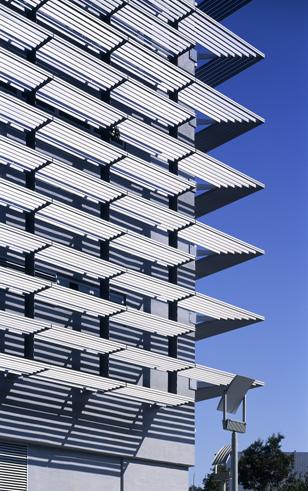
Sun shading
Sunshading, along with insulation, are the two main protective features
of the building's outer skin. In the case of sunshading, it is critical
in hot climates to shield the heat away. Without it, the temperature of
the spaces within would increase and this would translate into higher
air-conditioning costs. Moreover, sunshading cuts out glare from direct
sunlight.
There are many examples of buildings in hot climates that are a glass
box without a nary of a sunshade. These buildings often consume huge
amounts of energy in cooling, and are highly unsustainable.
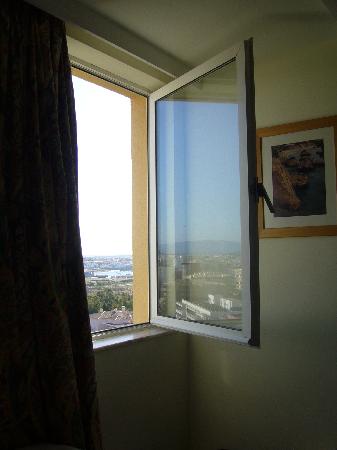
Natural Ventilation
It sounds stupid but yes, some buildings are fully sealed with no
operable windows. They are fully dependent on mechanical ventilation
systems which is terrible from a sustainability point of view. This
occurs when the aesthetic requirement overpowers common sense.
Natural ventilation is cheap, and in areas with clean, unpolluted air,
it should always be a given. Design for natural ventilation, WITH the
option of mechanical controlled systems should be the way. Sadly, most
designers start out on mechanical, and totally forgot about the outdoor
environment.
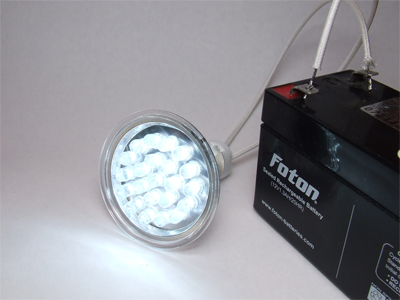
Energy efficienct appliances
Energy efficiency is the low hanging fruit in green design. It is
comparatively easy to attain, especially with regards to appliances as
their life cycle is so much shorter. The structure of a building would
be designed to last say 100 years. The walls and partitions maybe would
last 20 years before a new tenant moves in and reconfigures the whole
layout. The doors and windows would last perhaps also 20 years before
they are replaced. Appliances? A light bulb would last at most 5 years.
Same goes for a computer before it is obsolete.
Selecting an energy efficient appliance has 2 advantages. Primarily, it
uses less energy. Second, it gives off less waste heat within the
space, hence for hot climates, it reduces the cooling load. In fact,
cooling electrical appliances like computer servers that power the
internet takes up a significant chunk of energy consumed in America
annually and shouldn't be overlooked.
Time to switch to that LED light.
Related Hubs
- Outdoor Thermal Comfort | An Overview
- Regenerative Architecture | Beyond Sustainability - Design to Actively Heal the Environment
- Dubious Green Technology | Some really bad ideas to save the World
- Types of PV panels | Tapping solar power technology
- Recognition awards
Ander Marketing - Acrylic, Crystal & Glass Awards, Trophies, Medals, Plaques, Common Seals and Corporate Gifts Singapore



